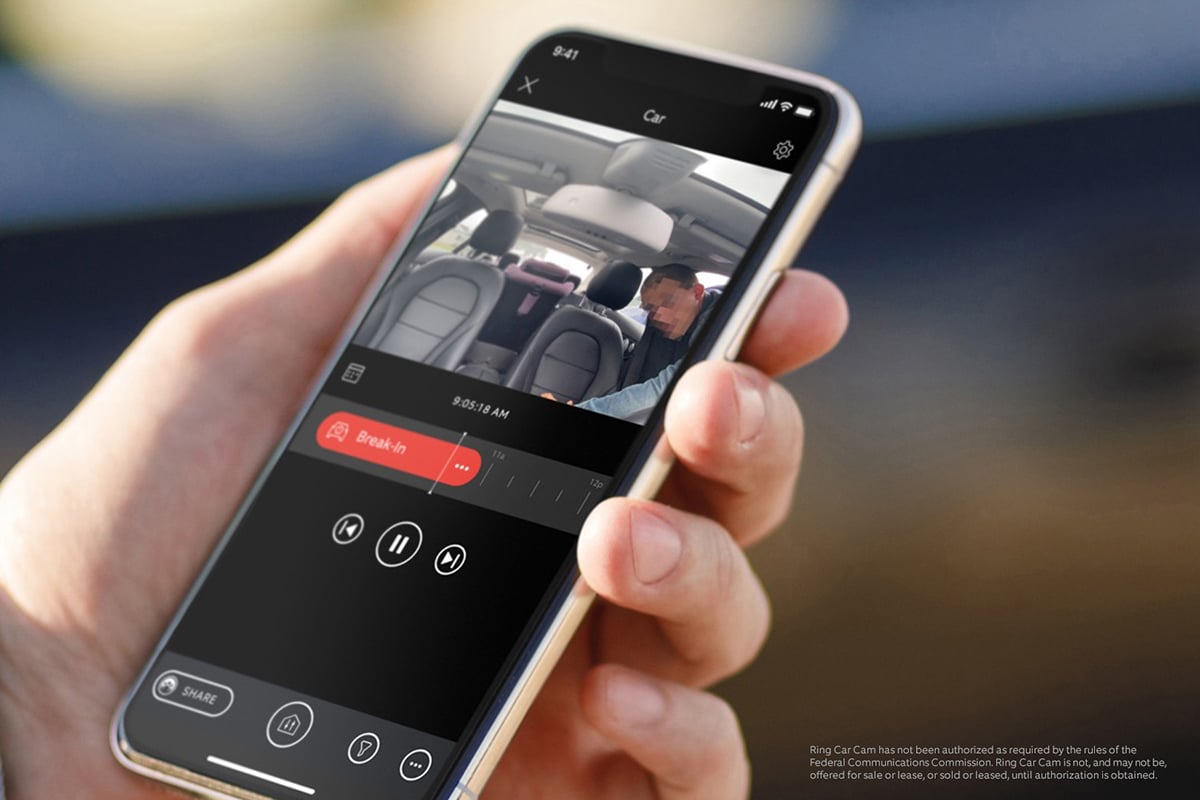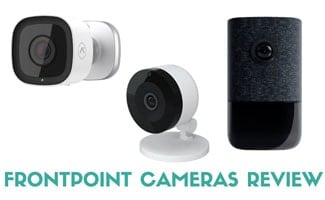Can Security Cameras See Inside Cars?
When you purchase through links on our site, we may earn a commission. Here’s how it works.
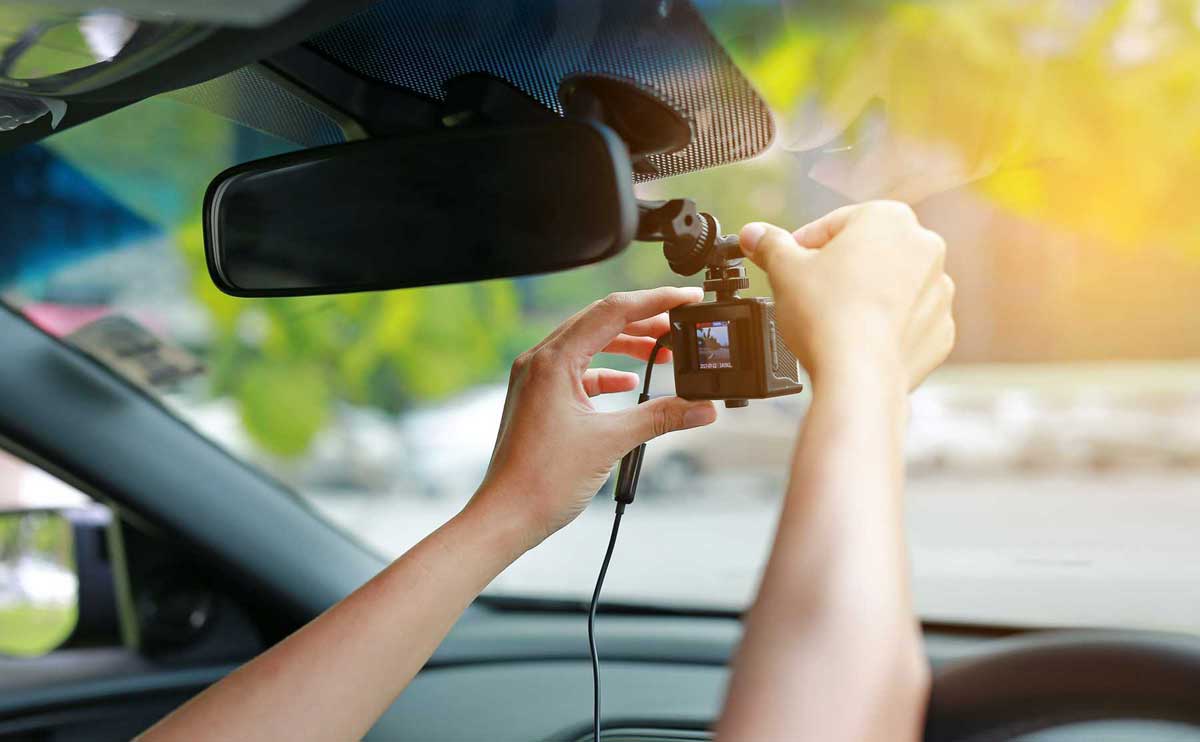
Did you know that there are over 85 million surveillance cameras in the United States?
Depending on who you ask, this is a wonderful state of affairs for preventing crime. Or, it’s a massive invasion of privacy. And something both sides of the fence are asking is: can security cameras see inside cars?
Whether you’re a shop owner concerned with security, or a consumer concerned with privacy, there isn’t a simple answer. Security cameras come in all different shapes and sizes, and lighting conditions vary widely. So in this article, we’ll discuss all the factors that play a role in car interior visibility.
Can Security Cameras See Inside Cars?
To understand the conditions necessary for this to be possible, we need to take a look at seven key factors:
- The camera’s manufacturer and type
- The camera’s resolution
- The camera’s frame rate
- The camera’s position
- The lighting (time of day and artificial lighting)
- The car’s window tinting, or lack thereof
- Night vision capabilities, such as IR
At some point in your life, you may have received a traffic ticket. You might have asked yourself, how can traffic cameras see inside your car? Even when you’re driving so fast, and even at night.
There’s a lot going on here that allows this to happen. For starters, the camera uses a flash to illuminate the inside of the vehicle as it takes the picture. It has a high framerate, which allows it to capture a speeding car in motion.
Finally, it sits in the perfect position to see down into the car. Using speed sensors that track the flow of traffic, it can pinpoint the exact moment when it needs to take the picture. This means that in most conditions, even in poor lighting, a traffic camera can capture the inside of a vehicle.
The point is, there’s a lot that goes into taking a good picture. And not every camera works at the same task. Manufacturers build indoor cameras for home security with different features in mind than a camera for parking lot security.
Let’s break the above features down one by one. Then we can better understand how they can result in a better–or worse–car interior picture.
The Camera’s Manufacturer and Type
CCTV cameras come in many different shapes and sizes. There are 360 cameras that rotate inside a tinted globe, allowing them to view almost anything. Then there are static cameras that don’t move at all and capture the same angle all day long.
Some cameras have night vision capabilities, meaning they can see even without a visible light source. Some do not. All types of CCTV cameras serve a different market.
It would take an entire article of its own to explain these different camera types and the role they play. But suffice it to say, the other factors play a much bigger role in seeing into someone’s car interior.
The Camera’s Resolution
Resolution refers to how many pixels per inch a camera can capture. A higher resolution results in larger, more detailed images. These images have larger file sizes but can see more details over a larger space.
Low-resolution images are less detailed and much smaller. That means it’s more difficult to pull useful information from them. However, CCTV cameras often run at low resolution because you can save a lot more footage.
A higher resolution obviously makes it easier to see into a car interior. And with optical zoom, that gets even easier. Camera resolution, therefore, plays an important role in seeing what’s going on inside a car.
The Camera’s Framerate
This only concerns objects in motion. Even a camera with a very low framerate can get a decent quality image of mostly-static subjects. But as you get an increased framerate, you can spot objects in motion with better ease.
Can parking lot cameras see inside cars, if the car is in motion? Perhaps they can if the lighting is good and the angle is good. However, since CCTV cameras do not feature a high framerate, this is less likely to be successful.
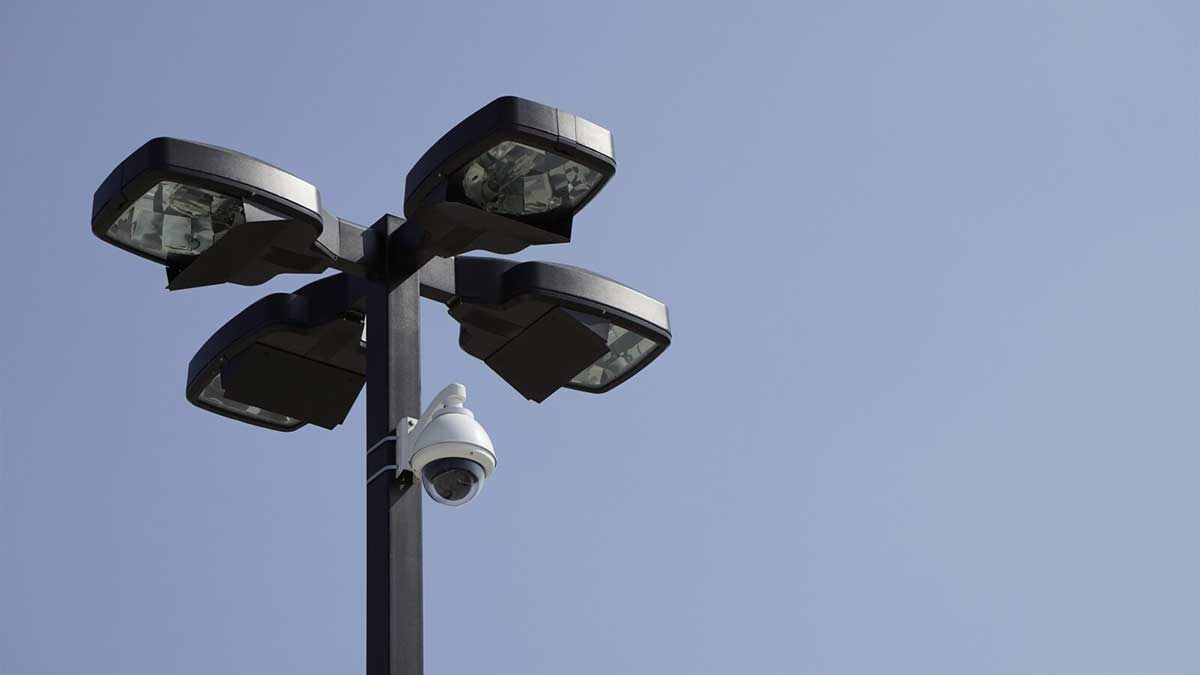
Since their focus is on providing middling-quality footage for long periods of time, they don’t go above the standard FPS. To do otherwise would require a store owner to invest in a large server to store hours of HQ footage. It’s unlikely that your standard CCTV will have this feature.
The Camera’s Position
Positioning is everything. A store owner who is placing their cameras has to make tradeoffs when choosing this positioning.
If they place the camera high up, they get a comprehensive view. However, they may sacrifice a more detailed view, such as an entrance that experiences more activity. Adding more cameras increases the cost and complexity of a CCTV network.
When it comes to seeing inside cars, owners require a very specific angle. This angle needs to be low enough to see beneath the vehicle’s roof into the cabin. This angle risks making the camera more visible and may put it within reach of a ne’er-do-well.
In most situations, a surveillance camera or security camera is not angled to see inside vehicles. Traffic cameras, on the other hand, are. It’s very difficult to keep a traffic camera from capturing the interior of a vehicle.
The Lighting (Time of Day and Artificial Lighting)
This here is the most important factor of all. Lighting is everything, for every kind of photography. The light sensors in a camera capture photons to produce an image, which means more photons produce a more vivid and detailed image.
Good lighting can lead to quality photos even on a low-resolution camera. The best lighting is between mid-morning and late afternoon. During that period it will be very easy for most surveillance cameras, security cameras, or traffic cameras to see inside a vehicle.
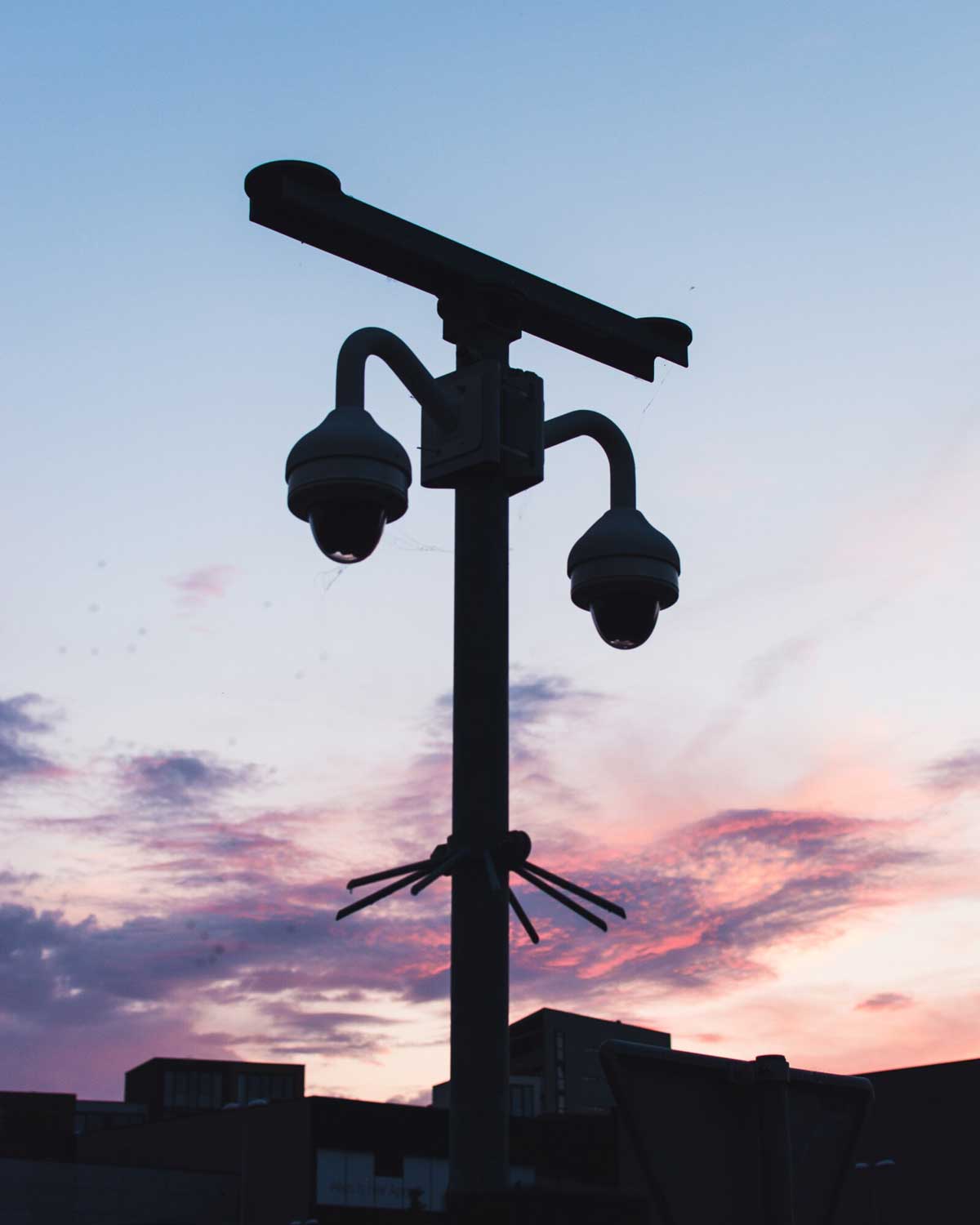
Tinting will make this more difficult, of course. But if the light is shining straight down through the windshield or side windows, there’s a chance that will allow the camera to see inside.
Artificial lighting, such as streetlamps or underground car park fluorescents, is a different story. These lights are harsher and require ideal positioning. At the wrong angle, visibility into a vehicle will be very poor.
Plus, these lights run the risk of overexposing a camera. Reflections off a vehicle’s hood or sides can temporarily blind a camera, reducing image fidelity.
Even if the light doesn’t overexpose the camera, it can be harsh and wash out the subjects in the frame. This may make the car interior too bright for a usable image.
In most cases, natural sunlight will make it easier to see inside a vehicle than artificial light.
The Car’s Window Tinting, or Lack Thereof
Window tinting serves to protect a vehicle’s occupants from UV rays and provide privacy. This also makes it difficult for a camera to see inside a vehicle in normal lighting conditions.
The strength of the tint is an important factor. There are no federal limits on the strength of tint, but most manufacturers won’t go above 70%. Even with a low level of tint, that will make it very difficult to see inside a vehicle and identify its occupants.
Tint doesn’t just make it difficult to see inside in the first place. It lowers the ambient lighting inside the vehicle as well, reducing image quality. It’s safe to say that in most situations, it will be difficult to impossible to see inside a tinted vehicle.
Night Vision Capabilities, Such as IR
Can surveillance cameras see inside cars at night when there is no artificial lighting? The short answer is, yes. This is possible if they feature a night vision mode that uses infrared light (IR).
Infrared light is not visible to the human eye. A human might not spot an infrared camera in a place without artificial lighting.
The only limitation of IR lighting is that it functions like a flashlight. It shines directly out of the camera, resulting in an image that appears flash-exposed. Close-up subjects will appear overexposed, but distant subjects that the light doesn’t reach will be hard to view.
However, IR has one fatal flaw: it cannot see through glass. Visible light passes through, but infrared light bounces off glass as if it were a mirror. That means that an IR camera without nearby artificial lighting would not be able to see inside a vehicle at nighttime.
The Ideal (and Less Ideal) Conditions for Seeing Inside a Vehicle
For a camera to see inside a vehicle it may need the following:
- A high resolution to capture fine details
- Clear ambient lighting (preferably natural) without reflections that overexpose the image
- A framerate capable of capturing vehicles in motion
- A low angle that gives it a clear view through the window
- A car that has little to no window tinting
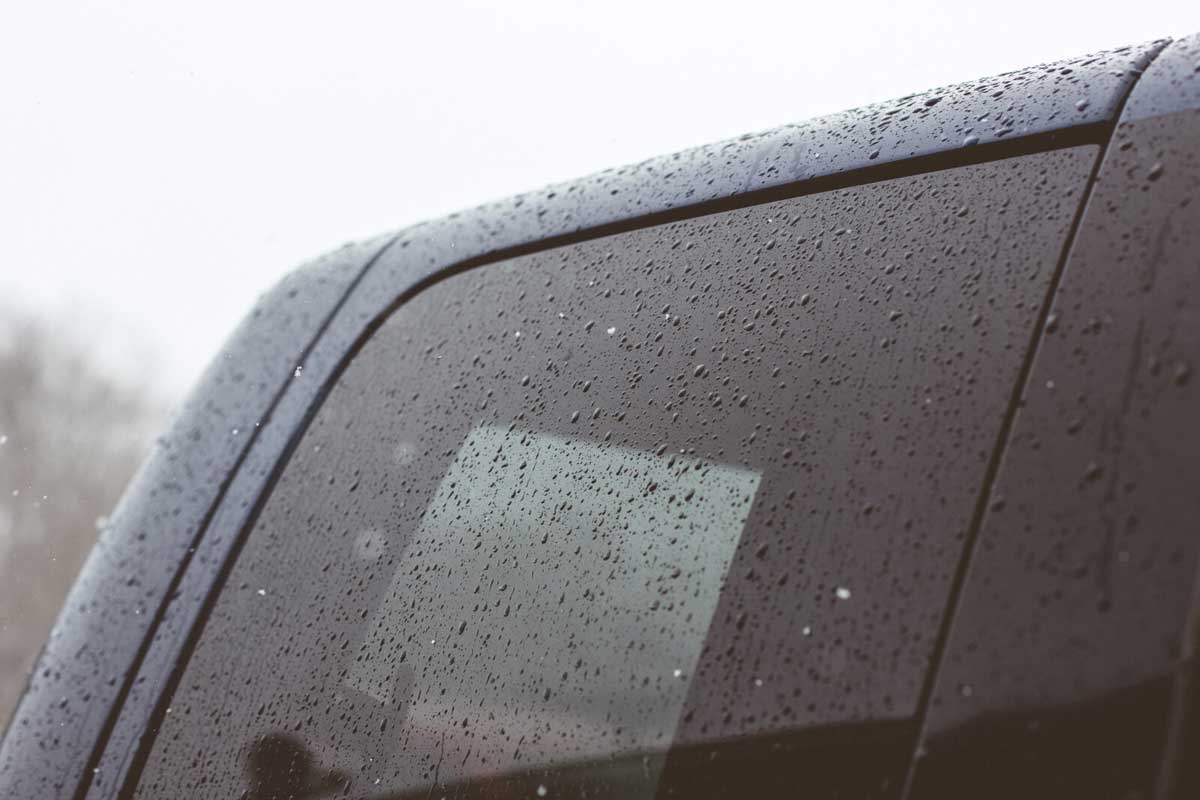
And here are a list of things that will make it difficult to impossible to see inside:
- Low camera resolution
- Poor lighting–especially at nighttime
- A poor framerate incapable of capturing vehicles in motion
- A high angle
- A car with heavy tinting
- IR-only lighting conditions
Improving Your Security
Can security cameras see inside cars? If the conditions are right, this is well within the realm of possibilities. However, a number of key obstacles can make this near impossible.
So instead of fretting about upgrades to your car’s windows, your money might be better spent on a dash cam so you can capture footage in the event that someone tries to break into your car, or you’re pulled over and want a record of events.
